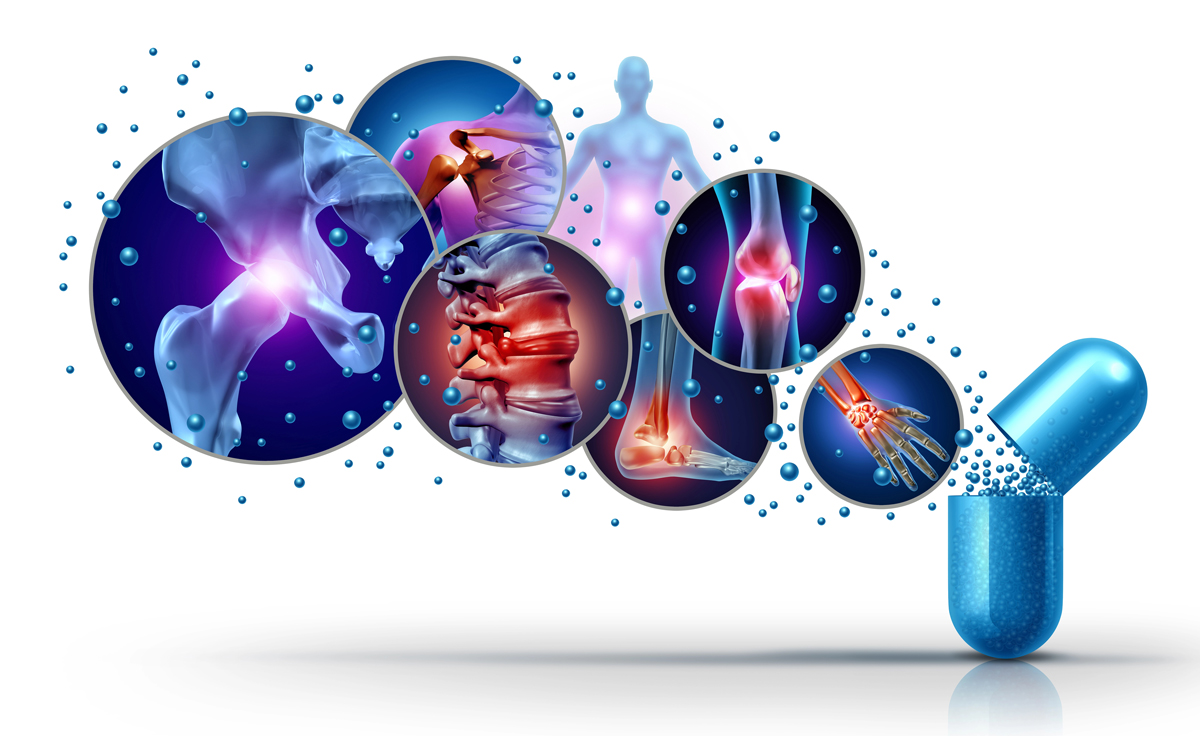
Shockwave Therapy Myths vs. Facts: What Patients Should Know Before Treatment

Chronic pain can feel like a never-ending cycle. Whether it stems from tendon injuries, plantar fasciitis, or muscle overuse, living with ongoing discomfort limits movement, energy, and quality of life. As patients search for alternatives to surgery or long-term medication, shockwave therapy has emerged as one of the most effective non-invasive solutions for lasting pain relief.
Yet, because the term “shockwave therapy” covers different technologies and treatment depths, confusion is common. At The Pain Free Institute, our commitment is to patient education and transparency. We use focused shockwave therapy (ESWT), a regenerative, clinically proven treatment that targets the root cause of pain at a deeper level, not just surface soreness.
Below, we separate fact from fiction so patients can make informed decisions before beginning treatment.
Myth 1: All Shockwave Therapy Is the Same
Fact: There are two main types of shockwave therapy, focused and radial, and they work in entirely different ways.
Focused shockwave therapy (ESWT) delivers precise acoustic energy that penetrates deep into the tissue, reaching up to 10 centimeters beneath the skin. This energy stimulates cell regeneration, improves blood flow, and accelerates healing in stubborn or chronic injuries.
Radial shockwave therapy, by contrast, is much more surface-level. It reaches only 3–4centimeters into soft tissue and primarily affects muscles and fascia. It is often described as feeling like a deep tissue massage rather than are generative treatment.
At The Pain Free Institute, we chose focused shockwave therapy because it treats the deeper structures, tendons ,ligaments, and bones, where chronic pain often begins. The precision and depth make it ideal for conditions that do not respond to rest, medication, or physical therapy alone.
Myth 2: Shockwave Therapy Is Painful
Fact: Focused shockwave therapy is designed to be therapeutic, not painful.
While some patients feel mild discomfort during the procedure, it is temporary and directly related to the treatment area’s sensitivity. Most describe it as a tapping or pulsing sensation that becomes more tolerable within minutes as the tissue adjusts.
The energy levels are carefully controlled, and our clinicians tailor each session to your comfort level. Many patients even find the sensation relaxing once the initial shock wears off. After treatment, you may notice mild soreness for a few hours, similar to the feeling after a productive workout, but no downtime is required.
Unlike surgery or steroid injections, there are no incisions, anesthesia, or recovery restrictions. Most patients return to work or normal activity immediately after their session.
Myth 3: It Only Treats Sports Injuries
Fact: While shockwave therapy is popular among athletes, its regenerative benefits extend to anyone with chronic pain or slow-healing injuries.
Focused shockwave therapy is effective for a wide range of musculoskeletal conditions, including:
● Plantar fasciitis and heel pain
● Tennis elbow (lateral epicondylitis)
● Golfer’s elbow (medial epicondylitis)
● Shoulder calcific tendinitis
● Patellar and Achilles tendinopathies
● Chronic hip or knee pain
● Delayed bone healing or stress fractures
At The Pain Free Institute, we see patients from all walks of life, runners, nurses, office workers, and retirees, each benefiting from the same biological process. The therapy stimulates tissue repair, reduces inflammation, and promotes natural regeneration, regardless of age or activity level.
Also Read: Spine-Related Pain Conditions
Myth 4: Results Are Immediate and Permanent After One Session
Fact: While some patients feel relief after the first treatment, full results typically build over time.
Focused shockwave therapy triggers the body’s natural healing mechanisms, which require time to take effect. Most treatment plans involve 3 to 6 sessions spaced about a week apart. During this period, new blood vessels form, collagen production increases, and cellular activity accelerates around the damaged tissue.
Patients often report gradual improvement, less pain, more mobility, and better function over the course of several weeks. The best part is that healing continues even after the final session because the biological process remains active long after treatment ends.
Myth 5: Shockwave Therapy Is Experimental or Unsafe
Fact: Focused shockwave therapy is FDA-cleared and supported by over two decades of medical research.
Originally developed to break down kidney stones, shockwave technology was adapted for orthopedic and sports medicine after studies revealed its ability to stimulate tissue regeneration. Today, it is used worldwide by physicians, orthopedic surgeons, and physical therapists.
At The Pain Free Institute, every treatment is performed by trained professionals using state-of-the-art focused devices. The procedure is non-invasive, non-surgical ,and free from the risks associated with medication or injections.
Clinical studies show high success rates for chronic tendon injuries, with many patients achieving significant pain reduction and restored function within months.
Myth 6: Radial Shockwave Therapy Works Just as Well
Fact: The difference between focused and radial shockwave therapy lies in depth, precision, and therapeutic intent.
Radial therapy disperses pressure waves broadly across the skin’s surface. It can improve short-term circulation and reduce muscle tension, which may help with mild soreness or fatigue. However, it does not reach or regenerate deep tissue.
Focused therapy, on the other hand, concentrates energy directly into the affected structure, such as a tendon or bone attachment site. It reaches up to 10 cm below the surface, stimulating true cellular repair.
In simpler terms, radial therapy treats the symptoms, while focused therapy treats the source. At The Pain Free Institute, we invested in focused ESWT because our goal is not temporary relief but lasting recovery.
Patients with long-term heel pain, chronic tendinopathy, or calcific shoulder conditions often find that focused shockwave therapy succeeds where traditional therapy, medications, or even surgery fall short.
Myth 7: It’s Only for Severe Cases
Fact: Shockwave therapy benefits both chronic and moderate pain.
Although many patients come to us after months or years of discomfort, early intervention often leads to faster recovery. Focused shockwave therapy can shorten healing time for sports injuries, post-surgical stiffness, or overuse conditions.
It is especially useful for patients who have plateaued in physical therapy or wish to avoid injections. Because it improves tissue regeneration and blood flow, it enhances the effectiveness of other conservative treatments rather than replacing them.
Myth 8: It’s a “Quick Fix”
Fact: Shockwave therapy jumpstarts natural healing, but it requires your body’s participation.
The goal of focused therapy is to restore proper function, not just mask pain. After each session, we encourage light movement, stretching, and healthy habits that support recovery. Hydration, nutrition, and adherence to your therapist’s recommendations all play a role in results.
Patients who remain consistent with their treatment plan typically notice progressive improvement in both pain reduction and mobility. This is because the therapy encourages your body to rebuild stronger, more resilient tissue where injury once existed.
Myth 9: It’s Too New to Trust
Fact: Shockwave therapy has been used successfully for decades and continues to evolve with technology.
In Europe, focused ESWT has been a standard treatment in sports medicine and orthopedics since the early 1990s. In the U.S., it is now widely recognized for its regenerative capabilities and safety profile.
The Pain Free Institute invested in focused technology precisely because of its long-standing clinical success and proven depth of penetration. Our goal is to offer the most advanced, evidence-based solution for chronic pain that avoids unnecessary procedures.
What to Expect During Treatment at The Pain Free Institute
Each focused shockwave session begins with an evaluation to determine the exact treatment area and depth. Gel is applied to the skin, and the device delivers controlled pulses for 10 to 15minutes.
There are no injections or anesthesia. You may feel brief tingling or deep pressure, which fades quickly. Most patients notice improved comfort after just a few visits, with continued gain sin the following weeks.
Because the treatment enhances blood circulation and collagen synthesis, healing continues naturally without additional intervention.
Why The Pain Free Institute Chooses Focused Shockwave Therapy
We believe lasting relief comes from addressing the root cause, not just managing symptoms. Focused shock wave therapy enables us to:
● Reach deeper structures where chronic pain originates.
● Stimulate tissue regeneration rather than surface relaxation.
● Treat long-standing injuries resistant to other methods.
● Deliver results without surgery, medication, or downtime.
Our patients benefit from targeted, regenerative care designed to restore function and confidence.
Conclusion: Fact Over Fiction Leads to Real Relief
Understanding the facts about shock wave therapy helps patients make informed choices about their care. At The Pain Free Institute, we use focused shockwave therapy to deliver deeper, more precise treatment for stubborn pain conditions that conventional care cannot resolve.
This therapy is not a trend or a temporary fix; it is a scientifically backed approach that helps your body heal itself.
If chronic pain is limiting your movement or affecting your quality of life, it may be time to explore focused shock wave therapy. Schedule a consultation with The Pain Free Institute to learn how our advanced, regenerative technology can help you get back to living without limits.
The Pain Free Institute, where innovation meets recovery, and healing begins at the source.

.svg)



.svg)




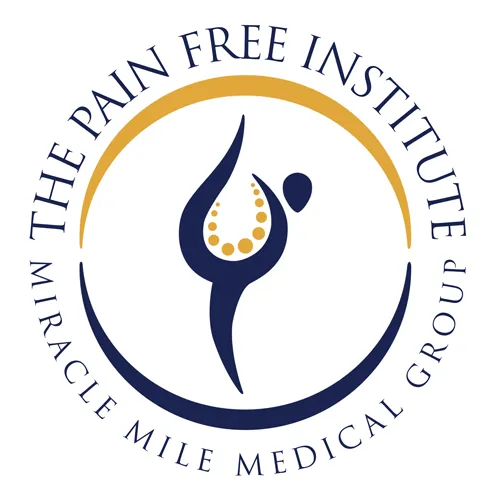




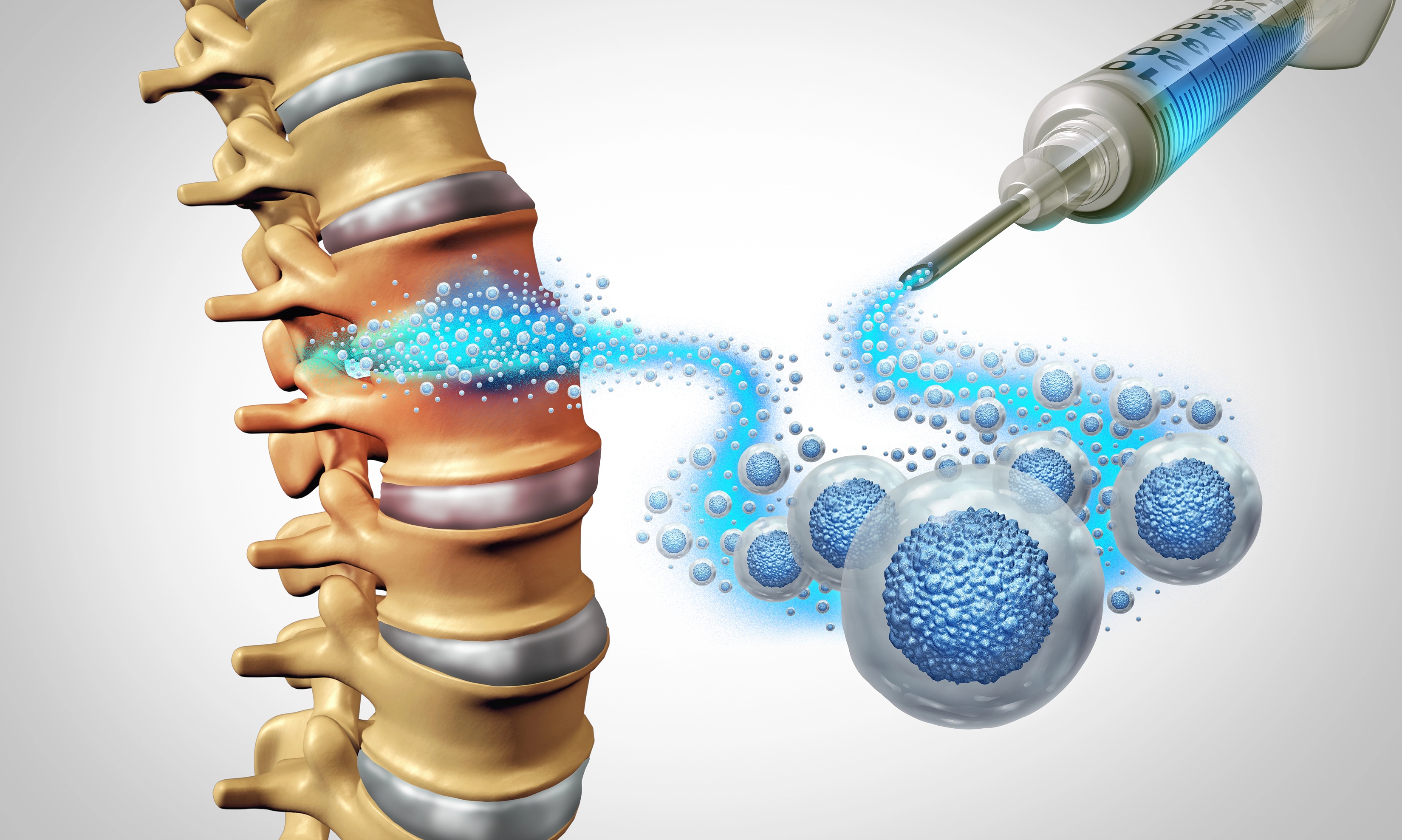

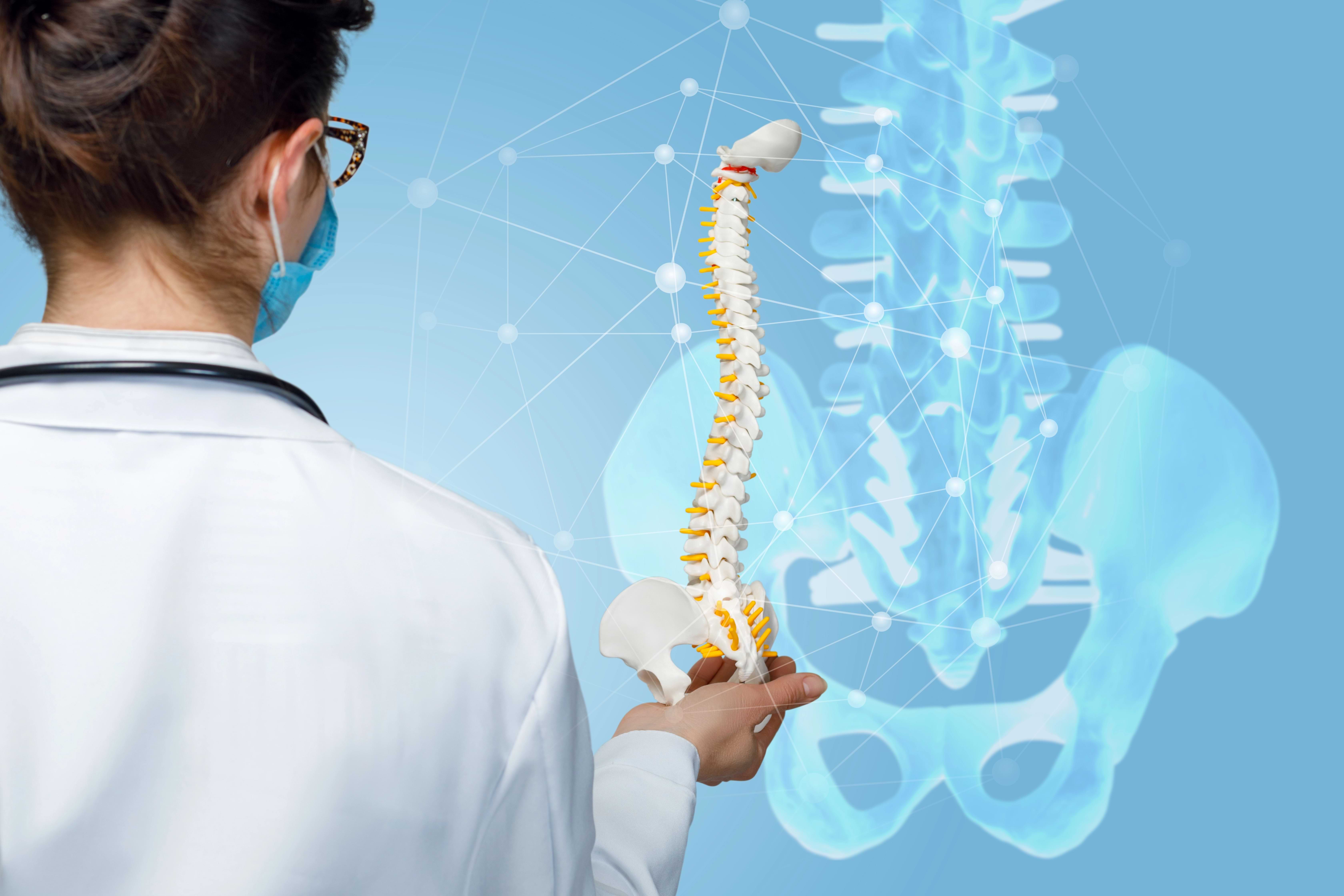
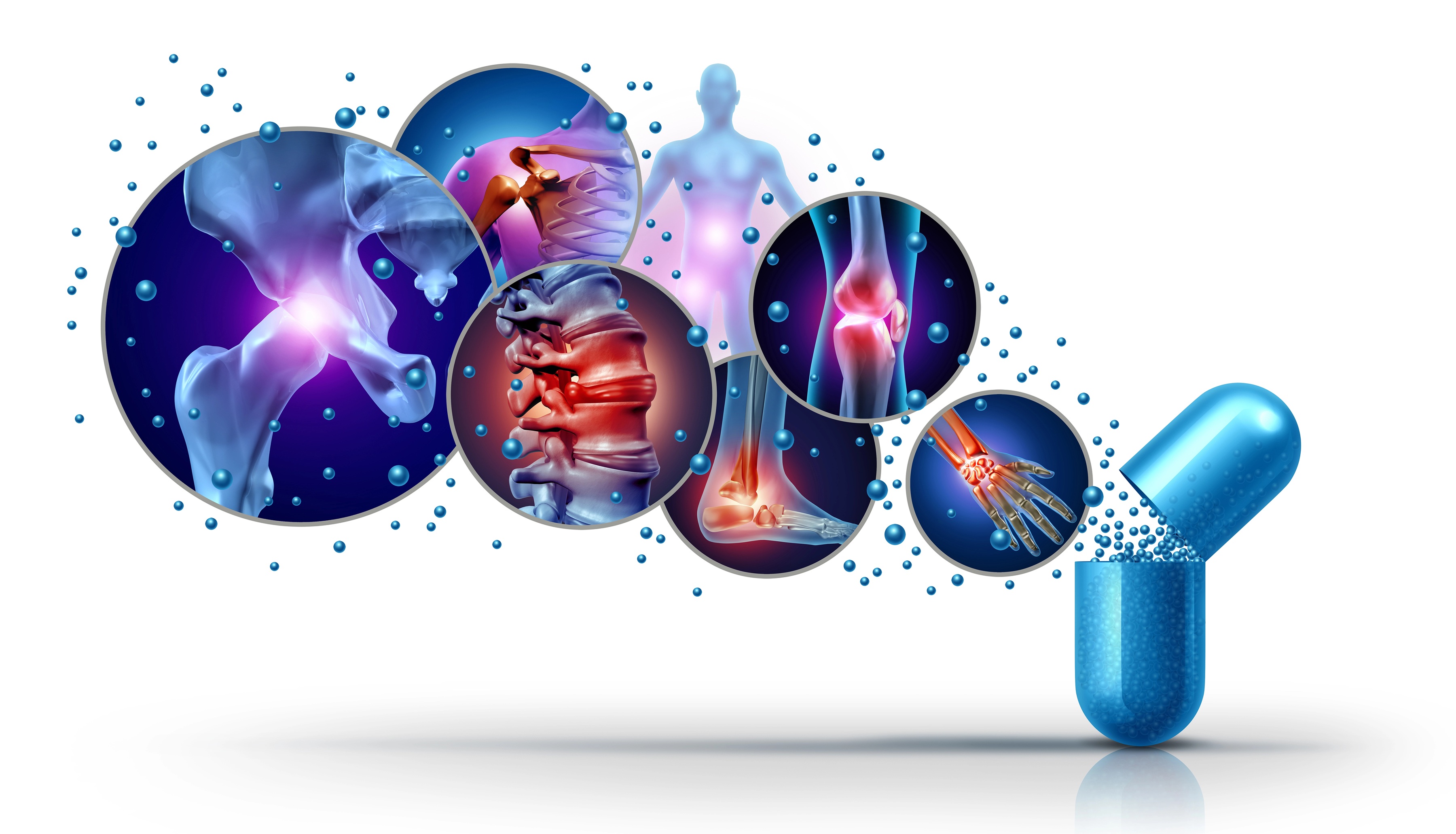





.webp)




